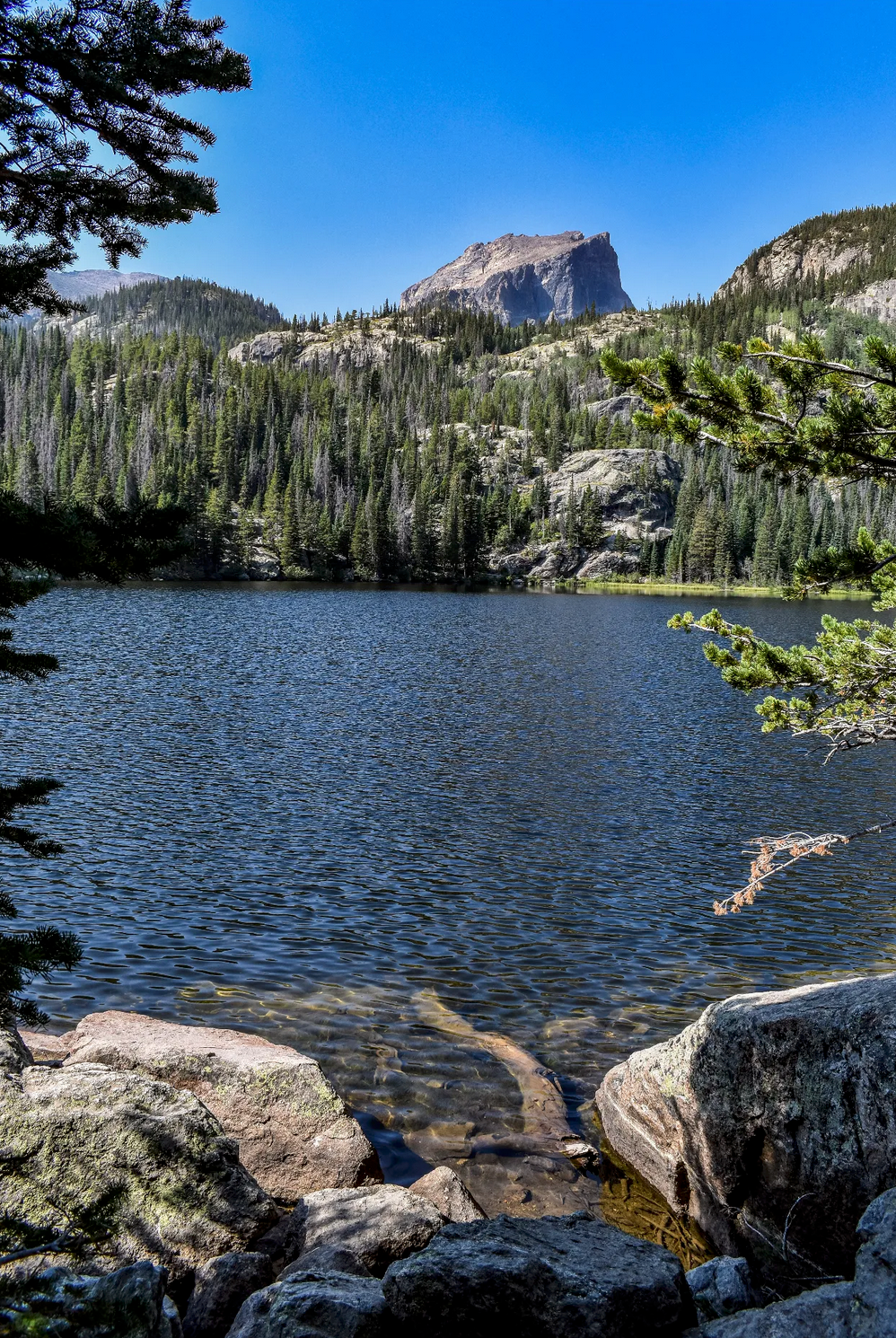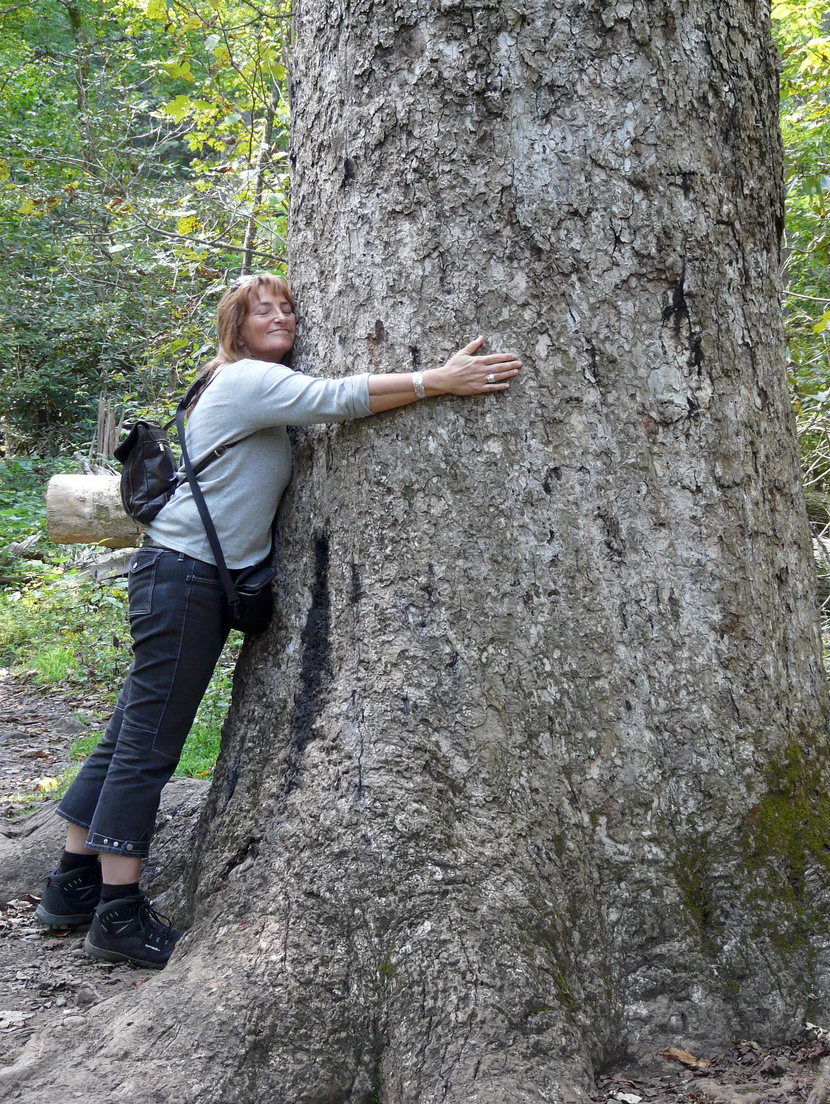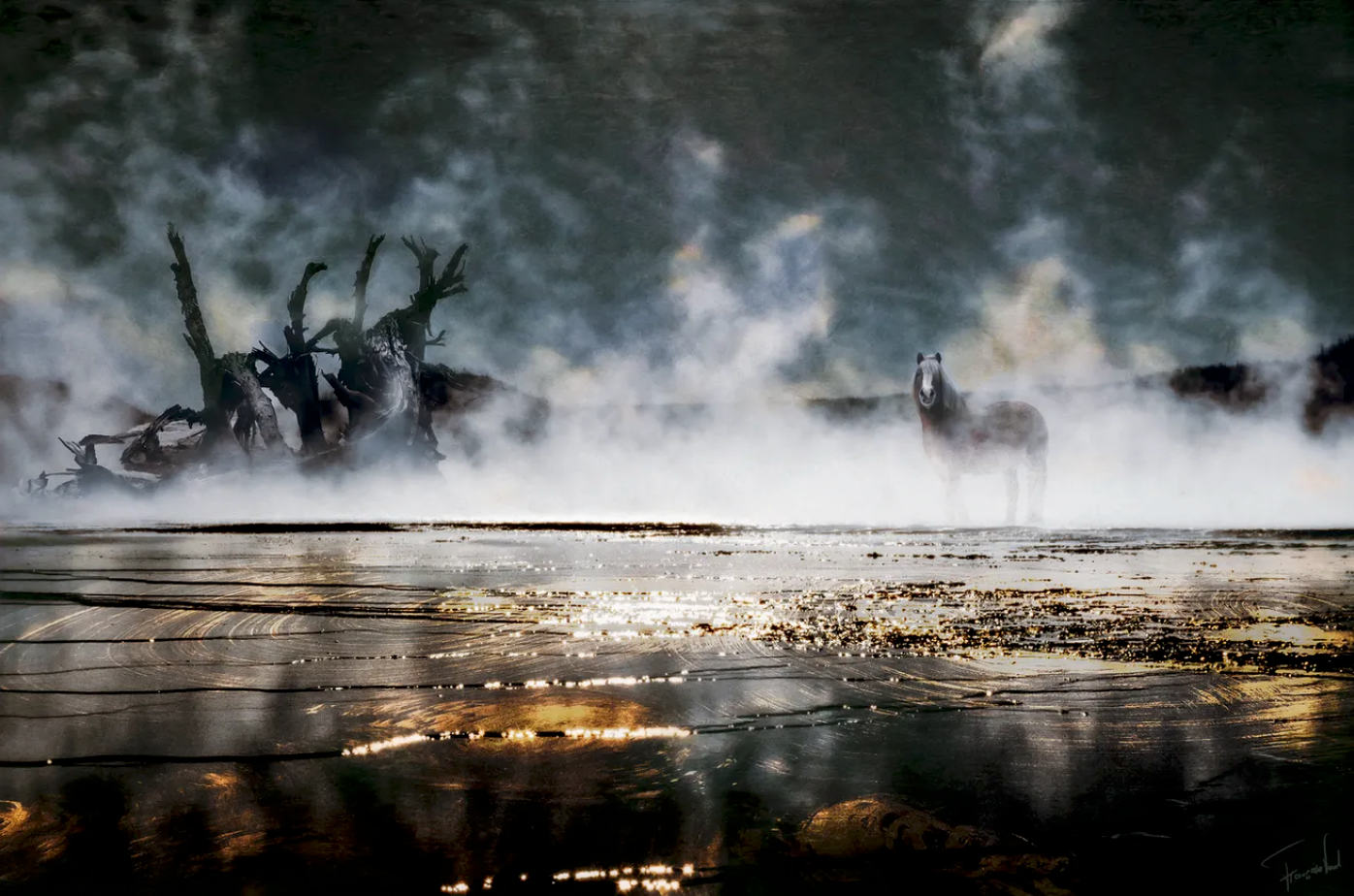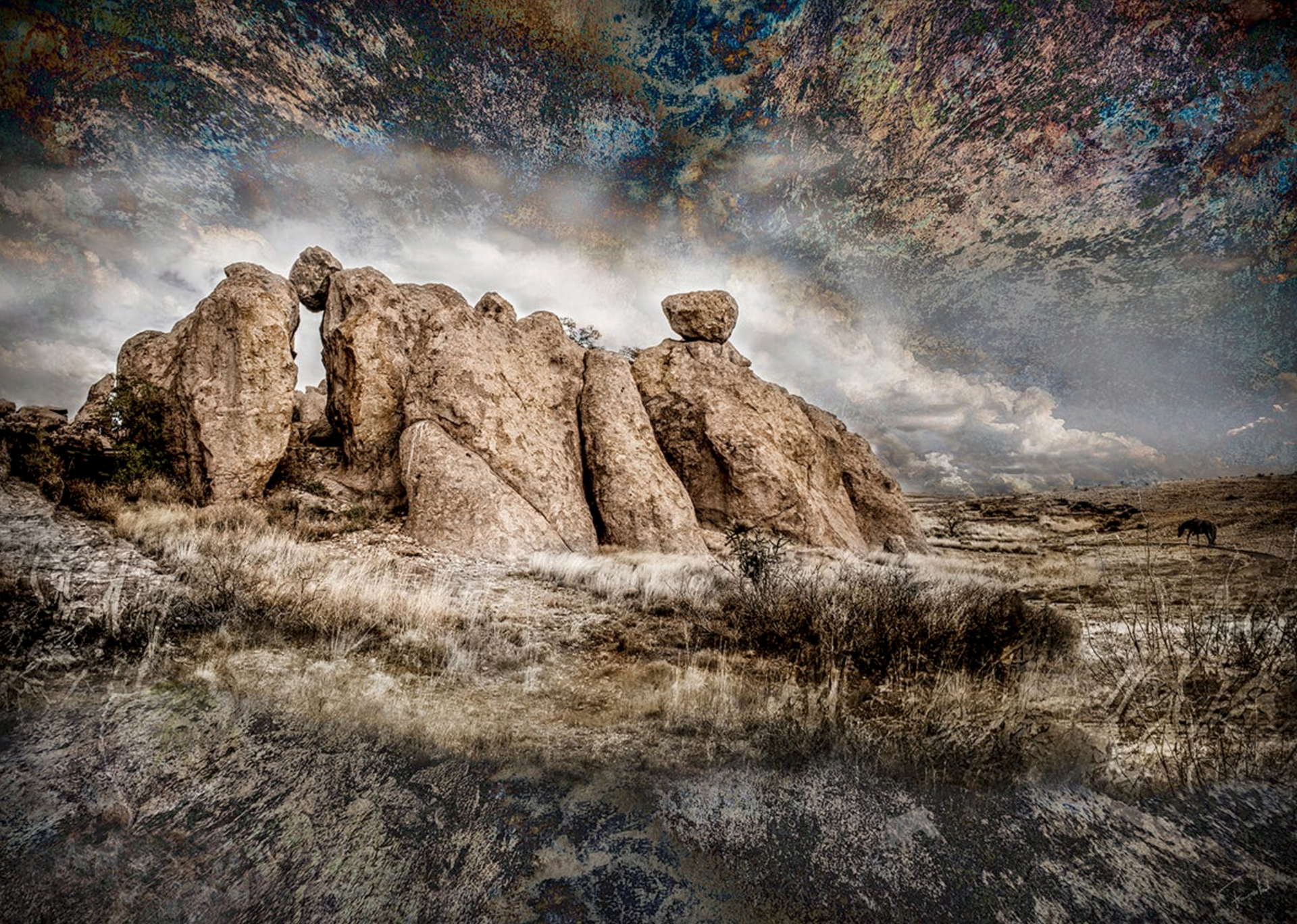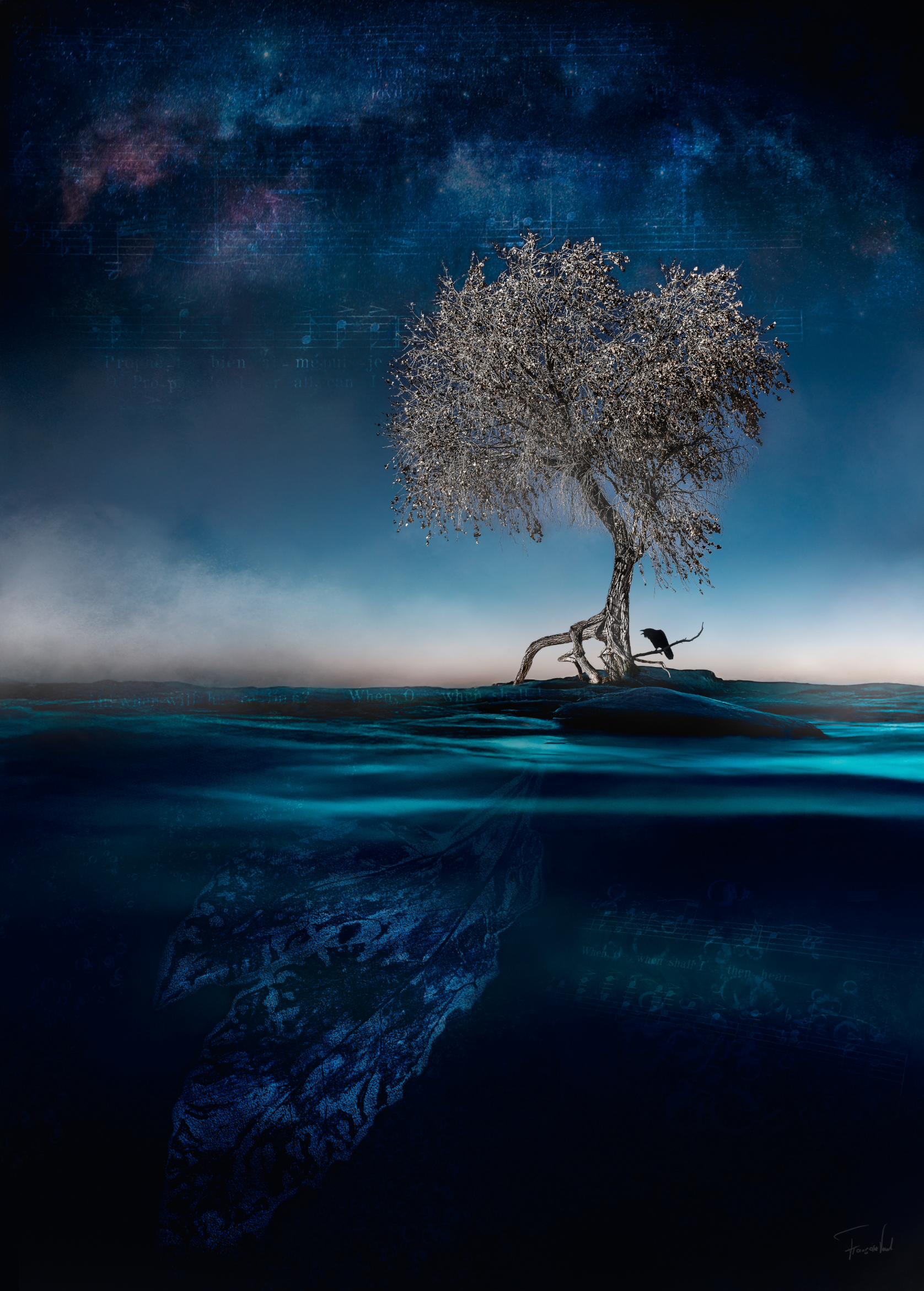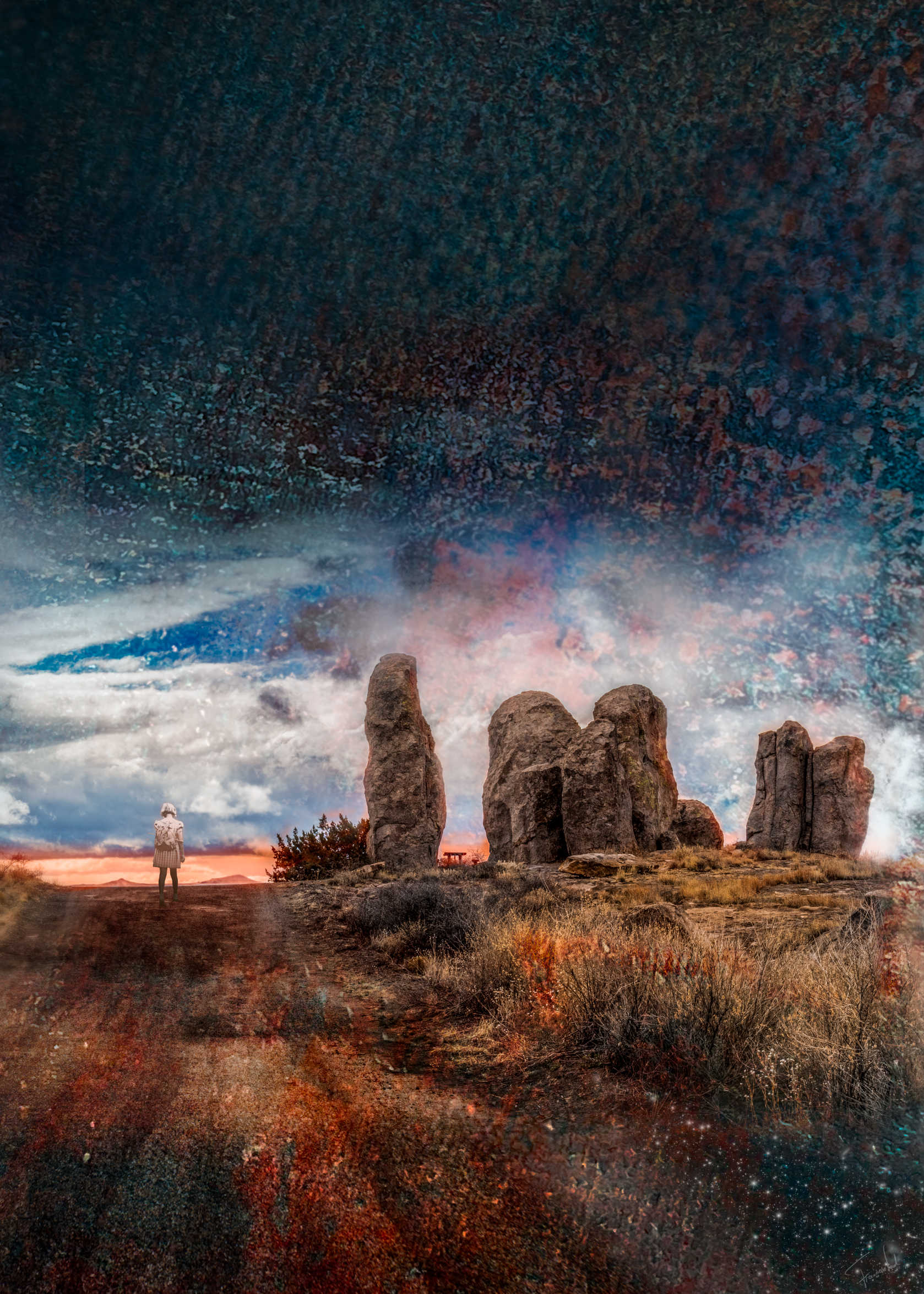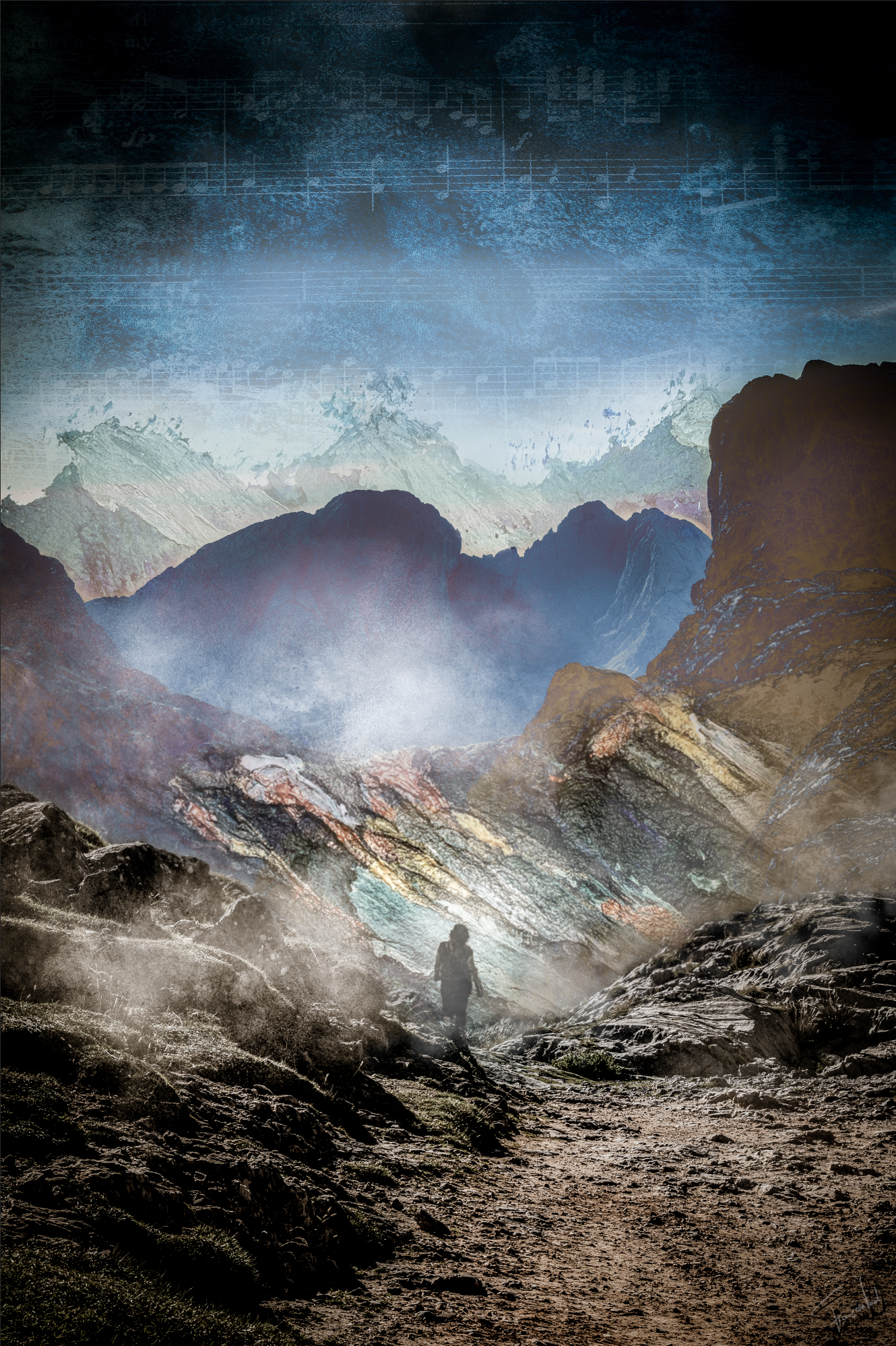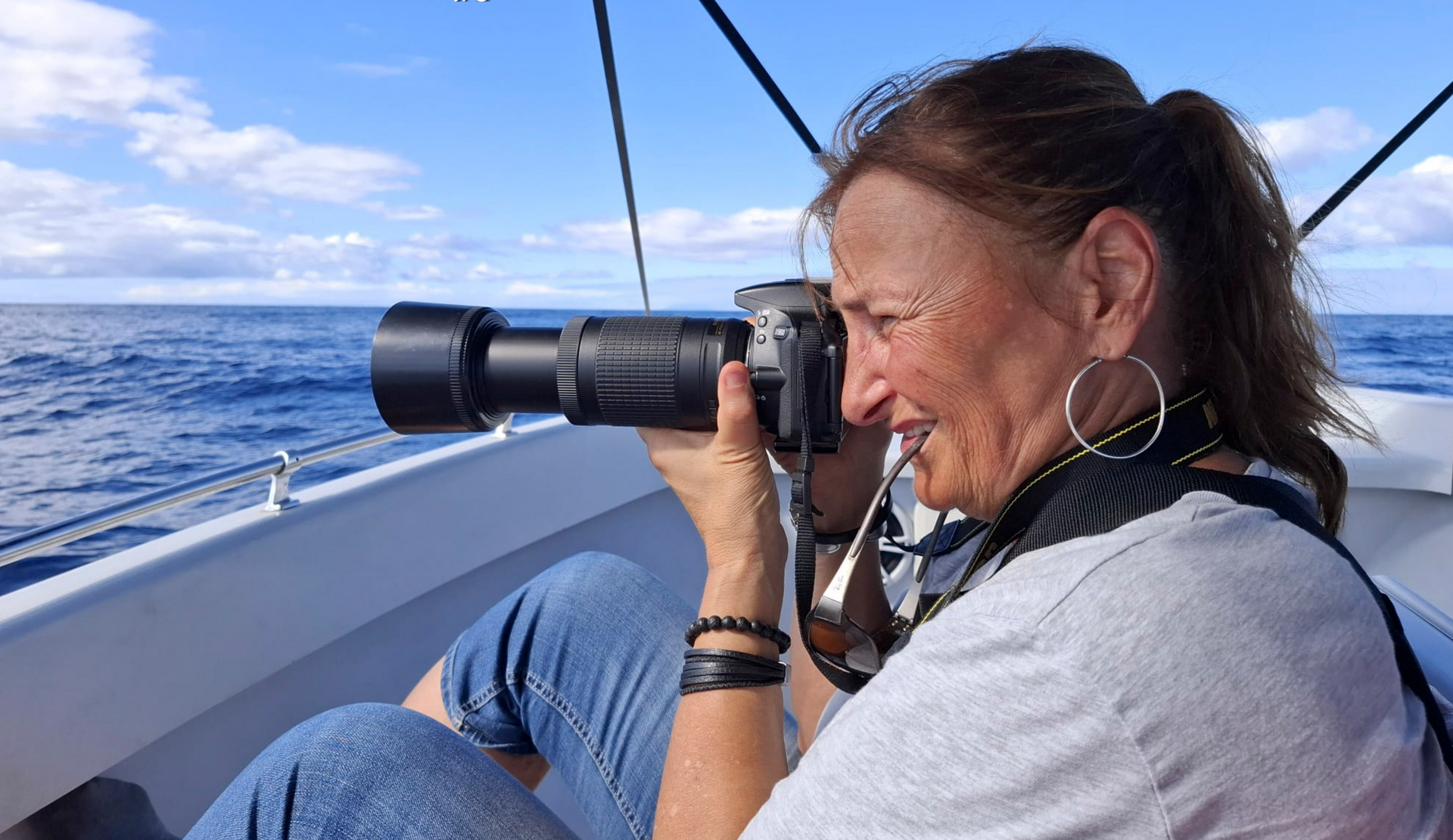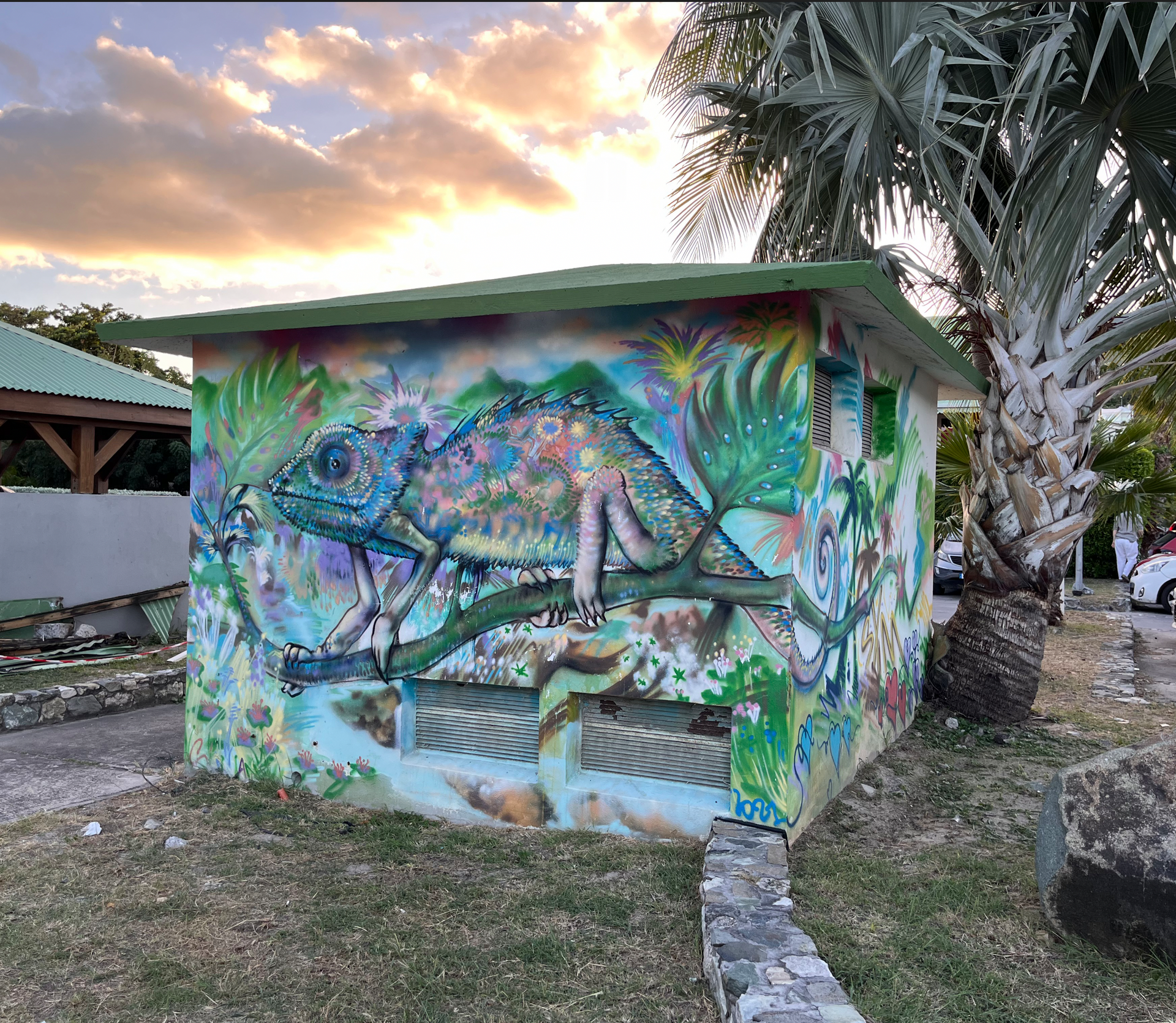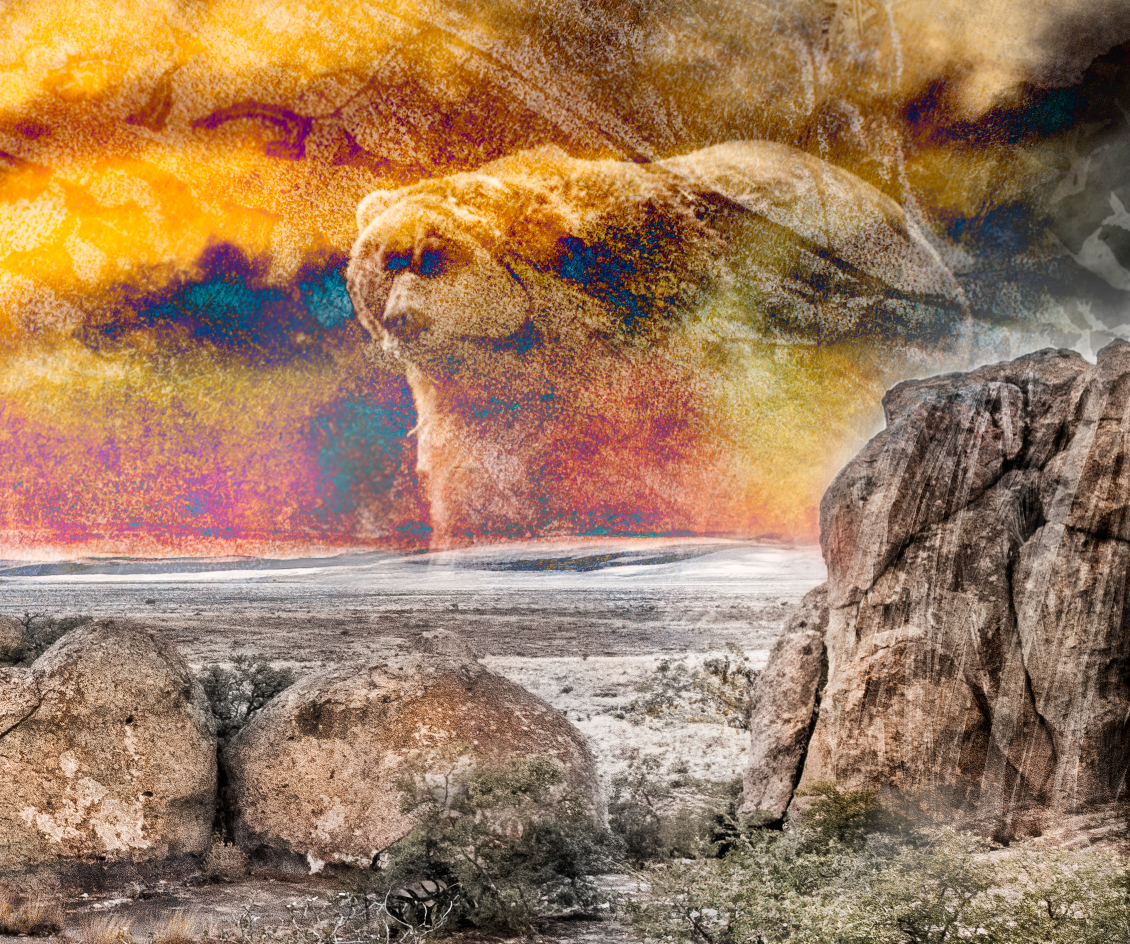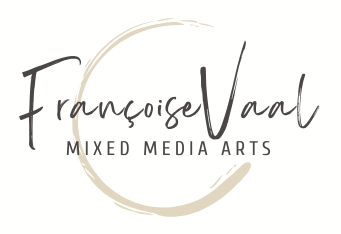Labeling life isn't living it
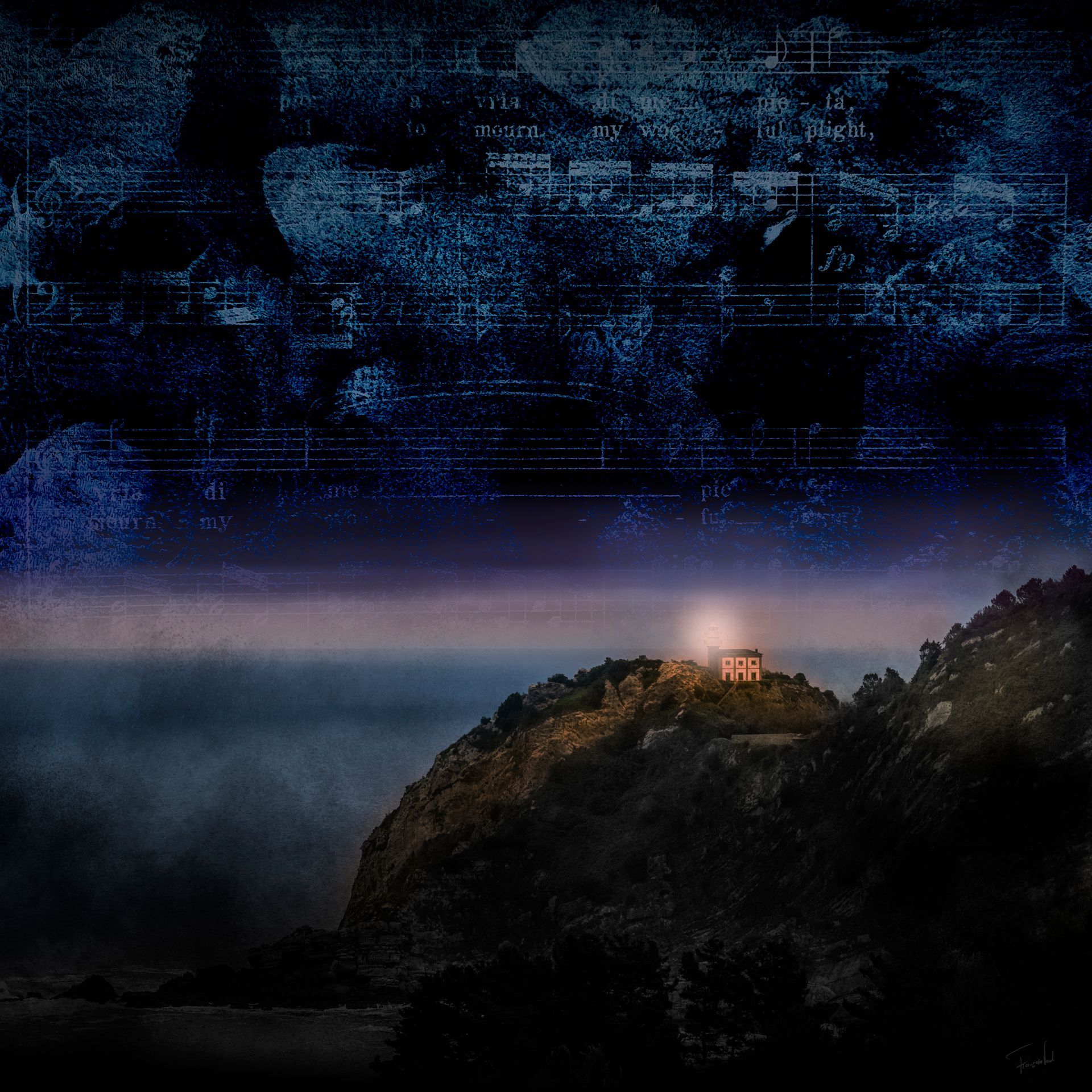
In earlier posts, I’ve argued that our thoughts often drown out our senses, and that this imbalance makes us unwell. I showed how people start to heal when they listen to what their body tells them instead of what their mind insists is true. Art, nature, and sensory awareness all cut through the noise in ways words rarely can. This piece takes that further: what happens when we switch language off altogether.
To engage all our senses, we need to stop naming. We name, judge, analyze, and classify until experience shrinks into labels. Language can be useful, but it also blinds us to what’s right in front of us.
People sense this. It’s why meditation, mindfulness, and retreats keep growing. They give us permission to drop constant analysis and actually feel what’s happening. That’s harder than it sounds.
A simple practice:
Go for a walk and refuse to name what you encounter. Don’t call the bird a bird, or the flower a flower. Just hear, smell, see, feel. Naming turns the experience into a concept. Without language, you’re left with raw perception.
When I do this early in the morning, the air feels thicker, almost dimensional. Awareness sharpens. The mind stops trying to own everything, and suddenly I’m inside the world instead of hovering over it. A brief meditation without sitting still.
So ask yourself: when your body asks for rest, do you actually feel it, or do you rationalize it away? When you’re in nature, are you there—or are you scrolling through your mental to-do list?
Here’s another great exercise for “Letting Go of Thinking without meditating” :
Humans lean heavily on vision. For our ancestors, scanning the environment meant survival. For us, it means a nonstop flood of images and an equally nonstop stream of judgments.
Beautiful. Ugly. Odd. Nice. Stay away from there. I want this. I don’t want that. We think all day, whether we notice it or not.
Here’s a way to interrupt it. Take a sketchpad and a pencil outside. Sit somewhere natural: a garden, a park, a beach. Put the blank sheet on your lap—it stands for the space around you. Close your eyes.
Listen. If a sound comes from the right, put your pencil on the right side of the paper. Keep the pencil there. Each time you hear a sound, let your hand travel in that direction, drawing a line or shape. Don’t lift the pencil. Don’t open your eyes. If the sound is human, draw it as well, giving it the shape or weight it feels like in your body.
When you’re done, open your eyes. Look at what you made. It’s a map of sound, not sight. Notice your first reaction. Did feelings or judgments surface? Did old beliefs try to insert themselves?
The point isn’t the drawing. It’s what you learned about presence when you stopped looking, stopped labeling, and let another sense lead.
This isn’t abstract theory. I’ve seen again and again how people discover something vital the moment they stop trying to explain their experience and allow their senses to take over.
Tom: sensing the tree’s truth
Tom and I had walked together many times, but he was still caught in his head. He knew he overthought, but thinking about thinking is just another trap. One morning he stopped in front of a plane tree. He stared in silence, and for once, words didn’t rush in.
Finally he said, almost surprised at himself: “This tree doesn’t have to think that it should shut up and get on with it.” The phrase had been buried in him since childhood, inherited from his father. It was the language of duty, not of life.
But what struck him wasn’t the sentence—it was the contrast. The tree’s presence wasn’t in words. It didn’t need to explain or justify itself. It simply was, and Tom felt that truth without naming it.
In that moment, his body knew what his mind had fought for years: the belief didn’t fit. He wasn’t meant to live as an endless command. The tree’s silent authenticity gave him permission to feel his own.
Lisa: the pine reaching for light
Lisa’s story had been told in words all her life: her mother’s criticisms, her own belief that she wasn’t good enough. Words had weighed her down more than any physical burden could.
During a nature counseling walk with me she noticed two pine trees, one small, one tall. At first she spoke the script: “I’m like the small one, stuck in the shadow.” Then she went very quiet and looked again. Instead of naming and judging, she started noticing and feeling. Just feeling.
She saw how some of the small pine’s branches stretched toward the light. She didn’t describe it as weakness anymore. She felt its persistence, its quiet insistence on growth.
Her old belief—that she was trapped in shadow—lost its grip in that moment. Not because she argued against it, but because her senses showed her something different. The pine wasn’t bound by words like “less than” or “not enough.” It simply reached.
For the first time, Lisa allowed herself to feel the same possibility. The shift came not from more language, but from seeing and sensing without judgment.
When was the last time you really noticed the nature on your way to work? What would happen if you stopped to look, without naming or judging, and just let yourself feel it?
You don’t need the perfect words to understand your own life. Step outside, drop the labels, and notice what your body already knows. The world speaks fluently without language—if you let it.
Françoise


